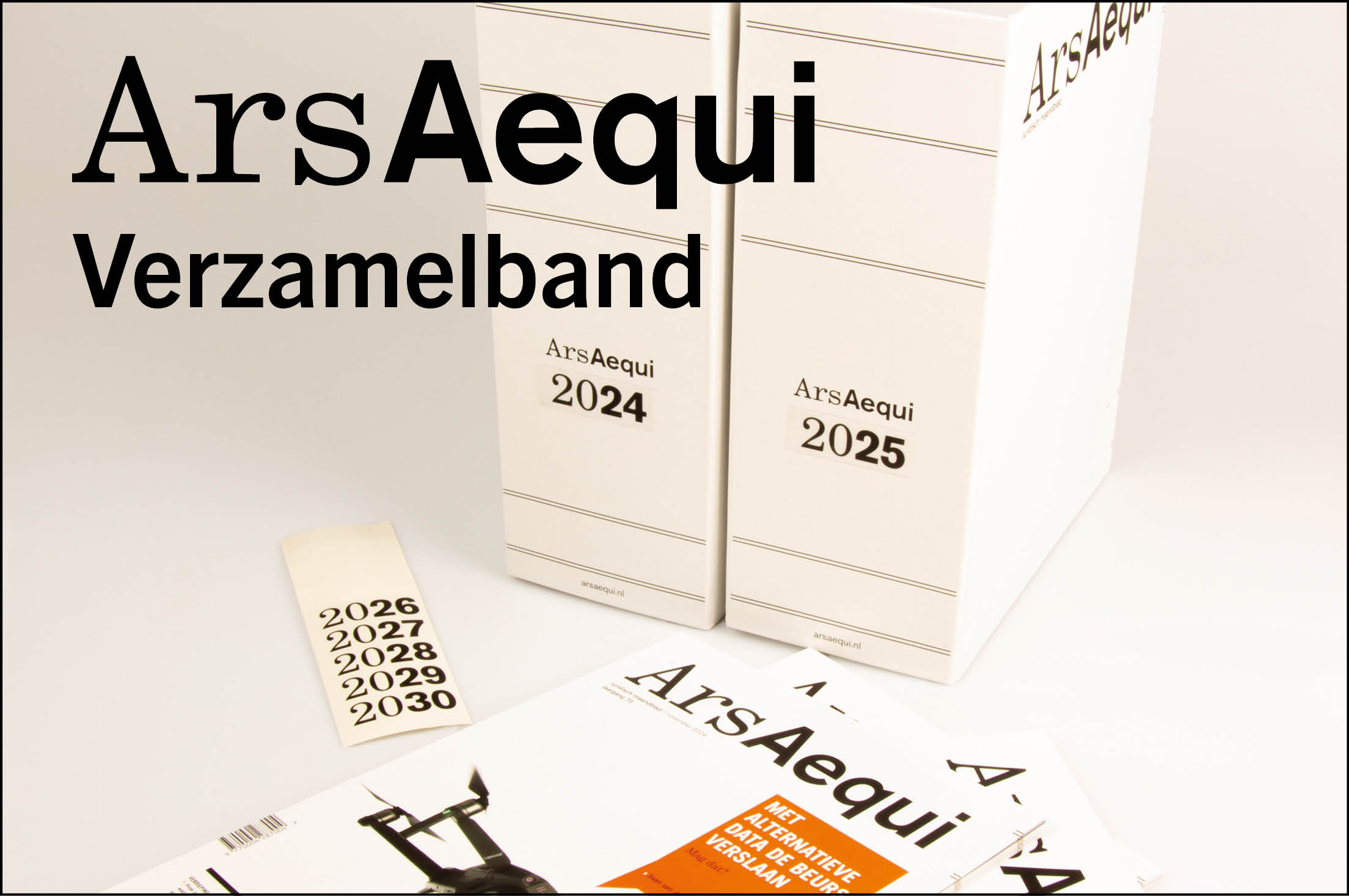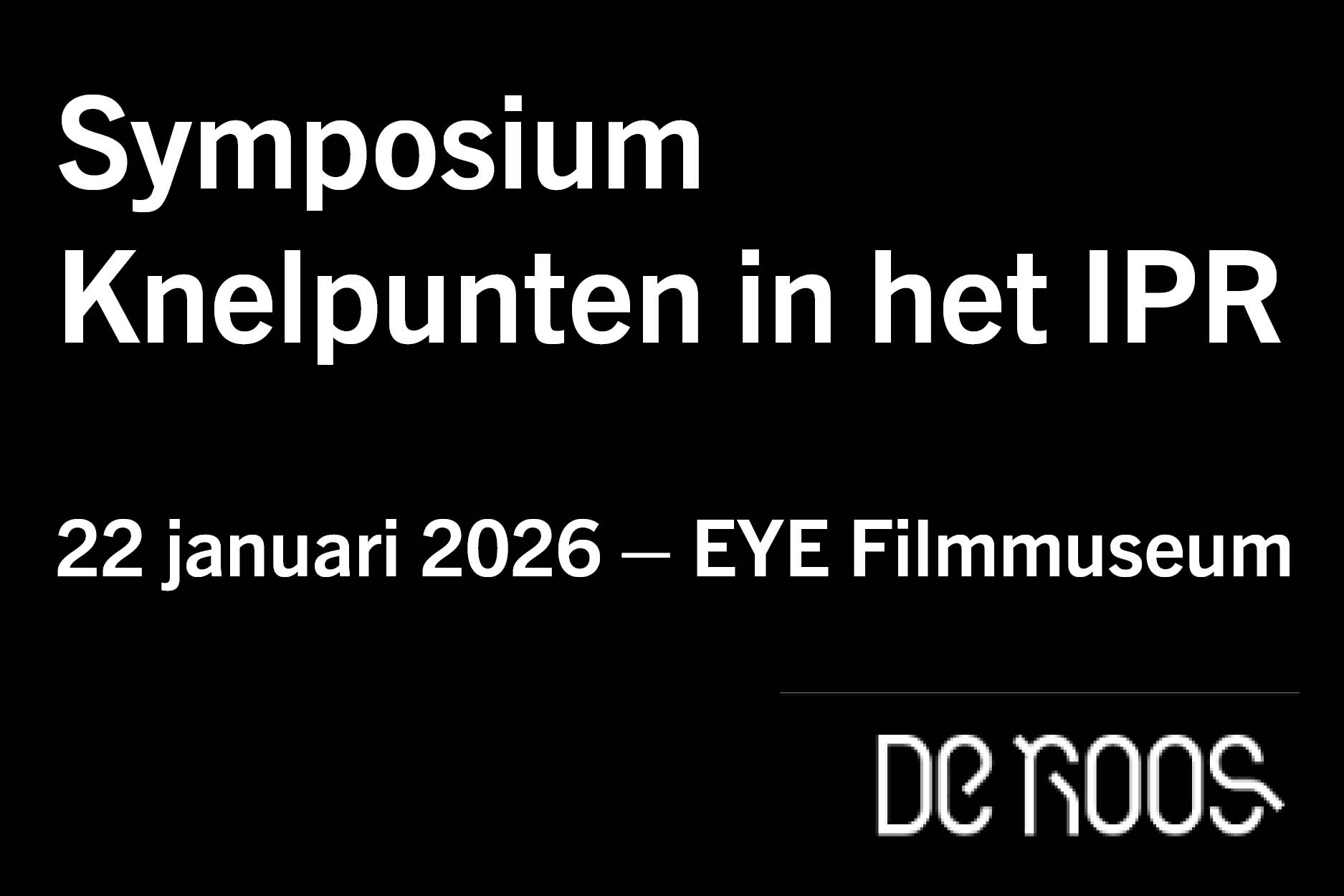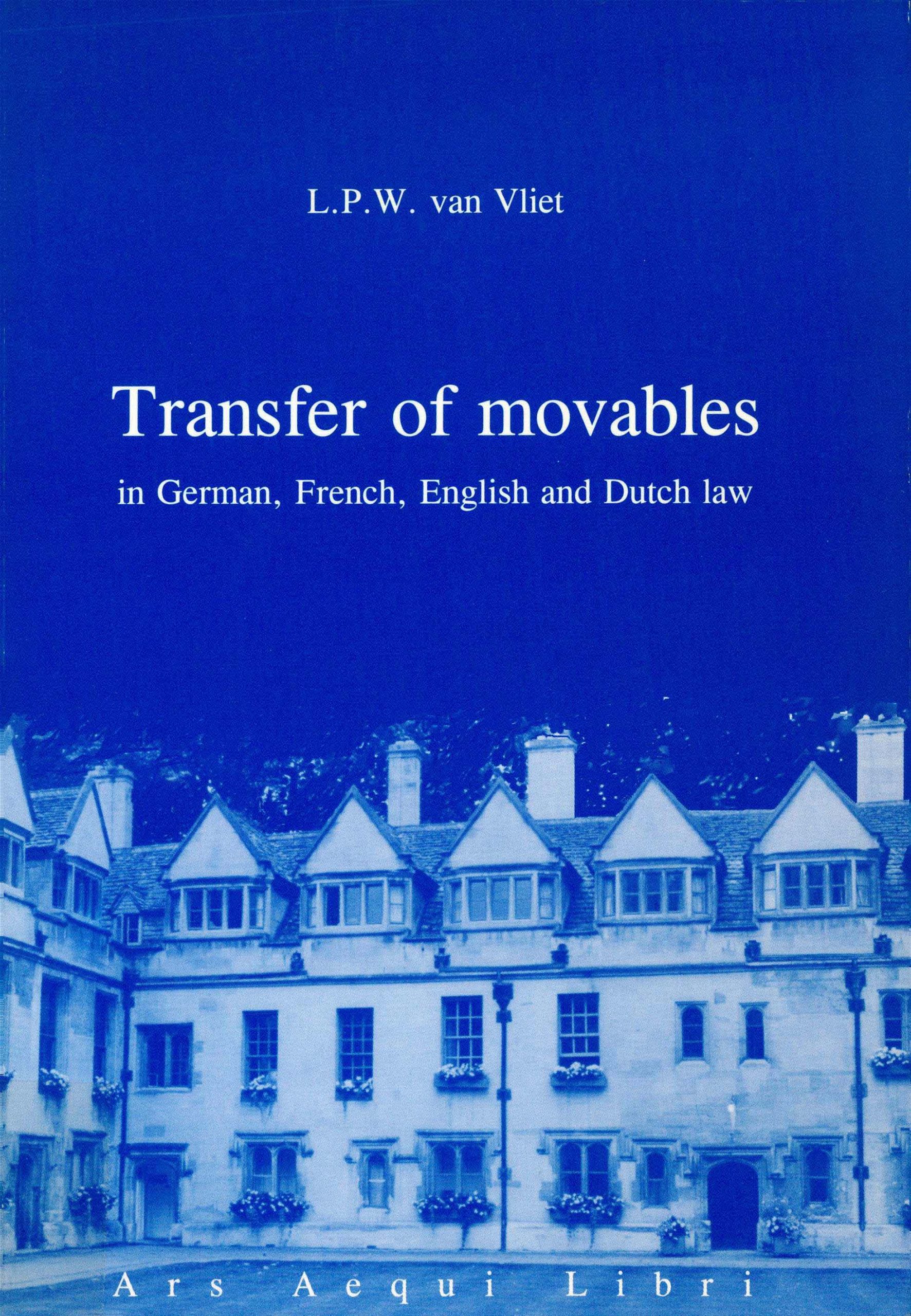Preface
Contents
Abbreviations
Concise glossary
Introduction
1 Concepts and principles of the law of property
1 Introduction
2 The first dividing line: the tradition system and the consensual system
3 The second dividing line: abstract and causa! transfer systems
4 Insolvency
5 Specificity, absolute effect and the concept of the right in re
6 The nemo plus principle and the requirement of privilege of disposal
7 Protection of third parties
8 The principle of priority and the principle of droit de suite
9 The principle of publication and the closely related principle of the protection of third parties
2 Transfer of movables in German law
1 An abstract transfer system
1.1 Introduction
1.2 The tradition system
1.3 Abstract transfer system
2 Transfer of ownership (Übereignung)
2.1 Introduction
2.2 The real agreement
3 Possession and the transfer of possession (Übergabe)
3.1 The importance of possession
3.2 Possession
3.3 Possession: a fact or a right?
3.4 Transfer of possession (Übergabe)
3.5 Is the transfer of possession a legal act?
3.6 Geheiflerwerb
4 Übergabe substitutes
4.1 Introduction
4.2 traditio brevi manu
4.3 constitutum possessorium (Besitzkonstitut)
4.4 Assignment of the Herausgabeanspruch
5 Privilege to dispose (Verfügungsbefugnis)
5.1 The privilege to dispose and its sources
5.2 Einwilligung is not a form of agency
5.3 Power todispose
5.4 Right, privilege and power to represent
6 Traditio byagents
6.1 The dogmatic problem
6.2 Using Besitzdiener or Besitzmittler
3 The French transfer system
1 Introduction
1.1 Consensual transfersystem
1.2 Identity ofgoods
1.3 The principle of specificity
2 Real agreement in French law
2.1 History
2.2 Systematicarguments
3 Causal transfer system
4 Transfer of movables in English law
1 Two different transfersystems
A) Transfer based on sale
2 Introduction
2.1 The solo consensu rule
2.2 The risk of insolvency and the risk in the goods
3 Identity of goods
3.1 Specific, quasi-specific and unascertained goods
3.2 The co-ownership regime of sections 20A and 20B
3.3 Re Goldcorp Exchange Ltd
3.4 Rights in re
3.5 A relationship between a person and an object
3.6 The amendment of the Sale of GoodsAct
3.7 The peculiar consequences of the specificity principle as to sales exbulk
3.8 Co-ownership under sections 20A and 20B of the Sale of GoodsAct
3.9 When does ownershippass?
3.10 Protective co-ownership in other jurisdictions
3.11 A violation of the specificity principle?
3.12 Protecting ownership against the principle of specificity
4 Agreement about the passing of ownership: the real agreement
5 A causal or abstract transfer system, or something in between?
B) Transfer inter vivos not based on sale
6 The traditio requirement and the origin of its exceptions
6.1 Origin of the solo consensu rule insales
6.2 Gifts by deed
7 The gift from hand to hand
8 The traditio requirement in the case of gifts
8.1 Introduction
8.2 Traditio vera without handing over
8.3 Traditio brevi manu
8.4 Third party in possession as bailee
8.5 Constitutum possessorium
8.6 Donor lostpossession
9 Causal or abstract transfer?
5 Transfer of movables in Dutch law
1 Introduction
2 Realagreement
2.1 A controversialnotion
2.2 Arguments against the real agreement
2.3 Arguments in favour of the real agreement
2.4 Indispensableelement
3 Providing possession (bezitsverschaffing)
3.1 Traditio vera: art.3:114
3.2 Traditio ficta: art.3:115
3.3 Is the transfer of possession a legal act?
3.4 Relativity of constitutum possessorium
3.5 Prohibition ofinterversion
4 The privilege to dispose (beschikkingsbevoegdheid)
6 Gift from hand to hand
1 Introduction
2 Executed and executory gifts
3 Conferred enrichment and the causa donandi
4 The requirement of notarization for executory gifts
5 Gift from hand to hand exempt from notarization
6 The true nature of the gift from hand to hand
7 Real and consensual contracts
8 Dogmatic importance of the gift from hand tohand
7 Iusta causa traditionis
1 Introduction
2 The root of theproblem
2.1 The confusing Romanbasis
2.2 Justinian's interpolation
2.3 Three differenttheories
3 The iusta causa traditionis before Savigny
3.1 The glossators and commentators
3.2 Donellus, Duarenus andCuiacius
3.3 The Roman-Dutch law
3.4 A fragmentary image
4 The German abstractsystem
4.1 Its origin:Savigny
4.2 Modern Germanlaw
5 Frenchlaw
6 Dutchlaw
8 The three systems compared. A common core?
1 The first dividing line: tradition systems and consensual systems
1.1 Mitigation of the traditio requirement
1.2 The specificity principle
1.3 The minimum requirements
1.4 The relation between consensual and causal
2 The second dividing line: causal and abstract systems
2.1 Choosing between causal and abstract?
2.2 Internal inconsistency of the abstract theory
2.3 A midwaysolution
Summary
Samenvatting
Curriculum vitae in breve coactum
Bibliography
Index of Roman legal sources
Table ofcases
Index





